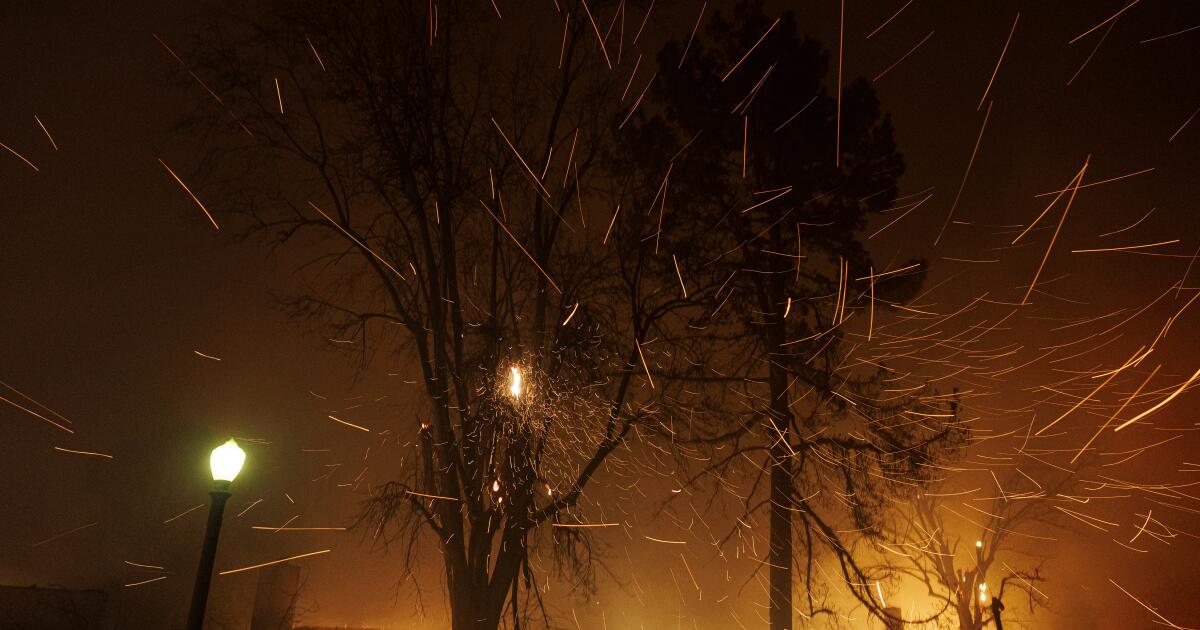Review: 'Hansel and Gretel' at the Royal Opera House

Every culture in the world has its own myths; within this category, legends have their home. Although the details may differ from country to country, there are some striking similarities. The same tropes appear again and again: Baba Yaga, a Russian witch, is not exactly like the witch found in the Brothers Grimm fairy tales because she is evil by nature, talks to the supernatural and aims to eat children. . Myths before literature and the written word: like the Homeric epics, they were originally transmitted through oral tradition. Russian mythologist Vladimir Propp discovered that all myths have the same structure, with a few variations.
After Freud, the psychoanalysts and Jungian theorists of Vienna in the 20th century returned to the myths and literary effects of ancient Greece and Rome to find archetypes and models for their examination of the human psyche. This, if anything, shows that even the people of the modern age, we call ourselves with our creativity and new technology, tend to look at myths as something we were born with. Mythologist Jack Zipe believes that “we have been drawn to fairy tales because they are hopeful stories of survival.” Thus, our cultural history is established. The tale of Hansel and Gretel is educational and entertaining with its story of the abduction and cannibalization of children by a witch. It emphasizes the devastating effects poverty can have on a family and focuses on how to live in extreme conditions. Hansel and Gretel may refer to the Great Famine of 1315-17 in Europe, which was the most devastating of the series of famines, although the version familiar to modern audiences comes from the Brothers Grimm's 1812 fairy tale book, Kinder- und Hausmärchen.


An operatic take by Engelbert Humperdinck Hansel and Gretelcurrently playing at London's Royal Opera House, it is a visual and audible triumph. The most beautiful and moving aria should be the children singing the song Abendsegen (Evening Prayer, in English). Lost and alone in the deep forest, Hansel and Gretel, driven from their home by their angry mother, pray to be safe from harm during the night. In many productions, fourteen angels enter the stage during the song; here, they clearly aren't. “When I go to bed at night, fourteen angels are waiting,” announced the fire. In this show, the angels are replaced by fairy tale characters who play in the forest as two children sleep: Snow White, Red Riding Hood, the wolf, Cinderella and Rapunzel gambol across the stage. It's sad not to have angels, but maybe director Anthony McDonald wanted folkloric characters because of the children in the audience.


I was disappointed that Snow White's costume was completely based on her Disney incarnation, from the 1937 film Snow White, with a dark blue bodice and yellow skirt. What good is having a costume designer if you mindlessly copy Disney? But the setting of this production is surprising and very emotional: the trees of the forest are on stage throughout, in light and shadow, and they are lifelike. Moths and beetles climb the walls of the opera house proscenium. The Witch's House, usually a quaint peasant hut with an exterior decorated with sweets and chocolates to attract children, is in this case based on the design of Norman Bates' mother's house in Alfred Hitchcock. Psycho. It's creepy and scary, though a bit anachronistic considering the story is set in central Europe during the Middle Ages. It didn't follow that the children Hansel and Gretel would be inclined to eat gingerbread from the steps of an ugly-looking house, but they devoured it without interruption.


Hansel, the trouser role, is sported by American mezzo-soprano Kate Lindsey, while Gretel is played with a chirpy voice by American soprano Heidi Stober. The witch was sung by the British mezzo-soprano Carole Wilson, whose demeanor, enhanced by a bald head and a cat-like step, was truly terrifying even for adults. They were all in good voice and played their parts with gusto. However, I felt that Hansel and Gretel acted older than their characters' ages—more than their 10-year-old counterparts. My credit must go to Irish soprano Sarah Brady, who was Sandman. I felt a frisson go down the back of my neck when he sang, and the audience seemed to be equally captivated. The Orchestra of the Royal Opera House was in really good form, Humperdinck's songs rang out beautifully throughout the hall. They were led by Lithuanian conductor Giedrė Šlekytė, who conducted Hänsel and Gretel formerly at Oper Leipzig and who said on the show that his favorite aspects of opera are harmony and richness of counterpoint; of Humperdinck's orchestration, he praises the richness of the music and the endless harmonies, “apparently inspired by Richard Wagner, who was Humperdinck's idol.”


A choir of rescued children from the square moved the audience to tears. Blinded by the Witch's spell, they wore rags and sports glasses, reminding the audience of both children's songs. The Three Blind Mice and perhaps a television program on French TV where veteran French singer Serge Gainsbourg is entertained by a schoolboy choir singing his own hit song. Je Suis Venu Te Dire Que Je M'en Vais (I am here to tell you that I am leaving), all dressed like Serge with gray hair, sunglasses, small glasses of vodka and fake cigarettes. To see the chorus children in such danger was very touching; moving is also the scene where Hansel and Gretel are reunited with their parents and, to a delightful score from Humperdinck, whose musical inspirations as a composer include Mendelssohn's. A Midsummer Night's Dream and the early tone poems of Richard Strauss as Tod and Verklärung (Death and Transfiguration). Hansel and Gretel will remain popular, given their message of triumph over adversity, the strength of family bonds and, most importantly, the beautiful beauty of their songs. Bravi is silent.
Hansel and Gretel is at London's Royal Opera House until January 9, 2025.



